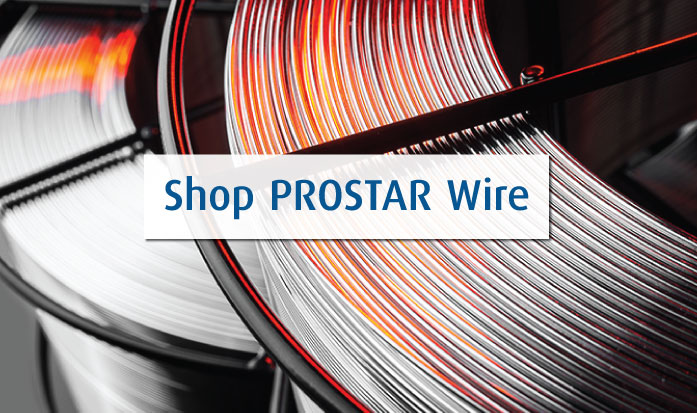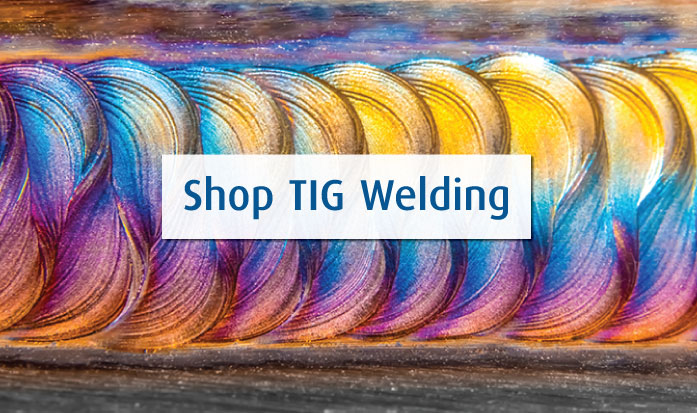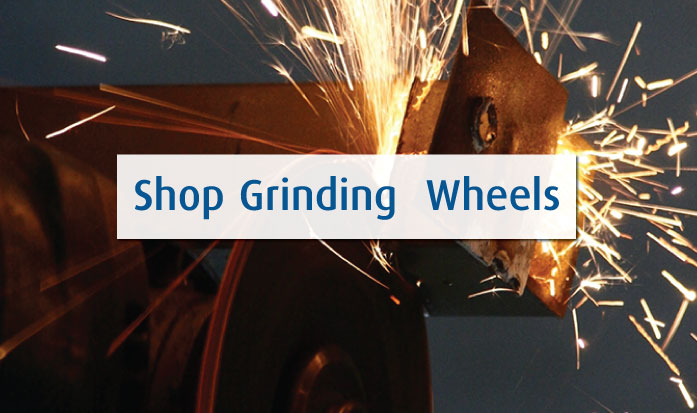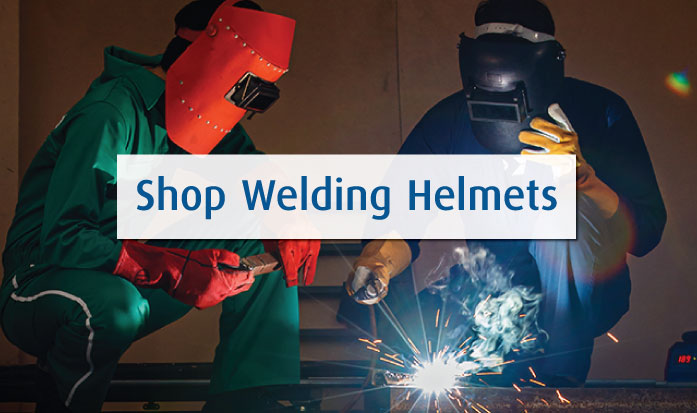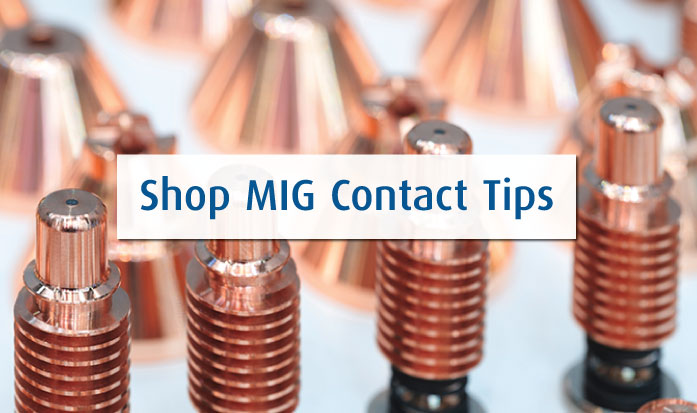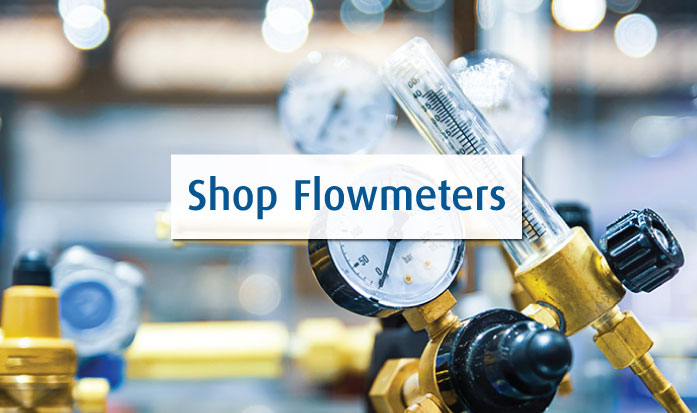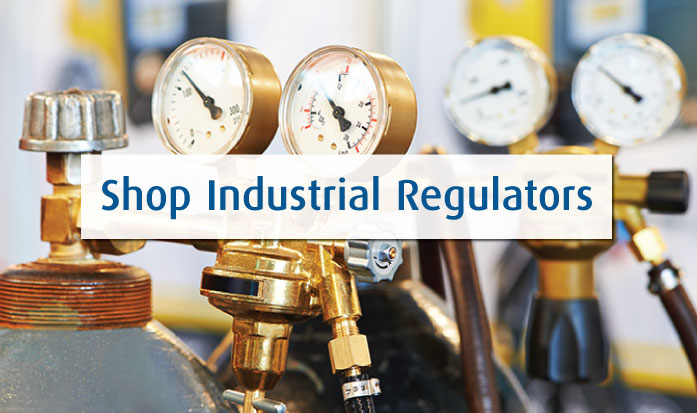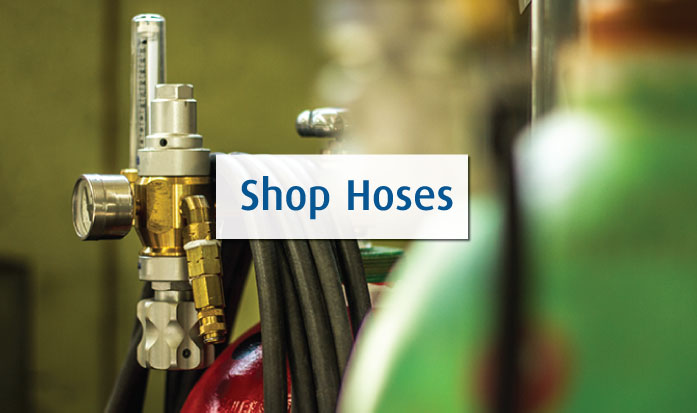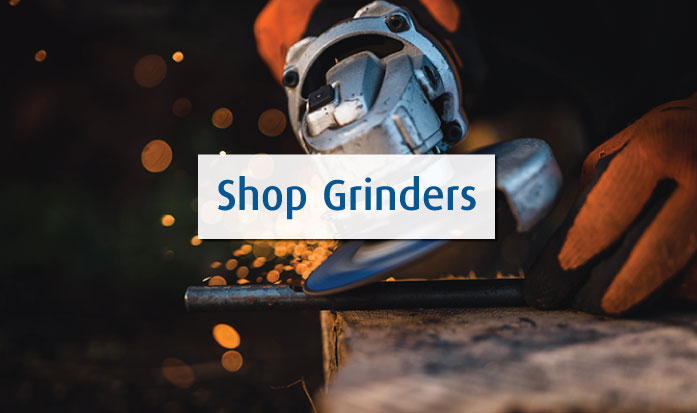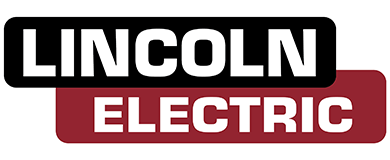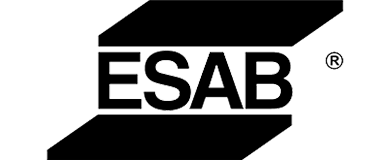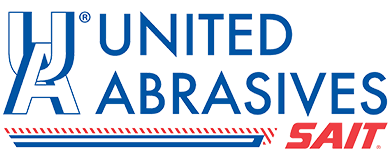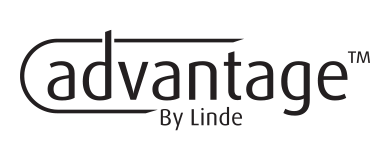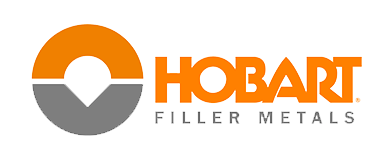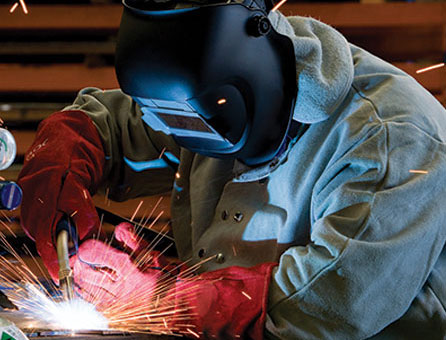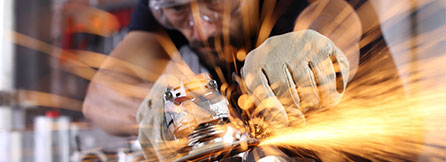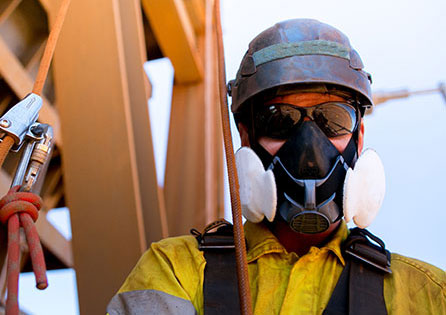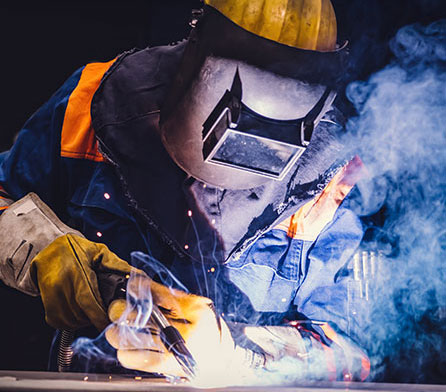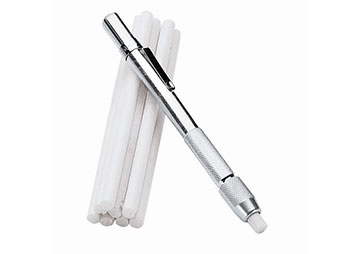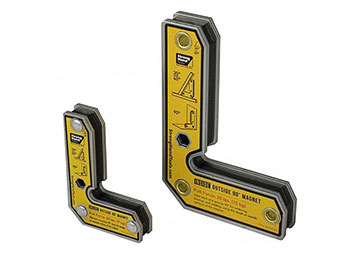Welding Accessories for New Welders
Welding is an important trade in many industries ranging from oil and gas and construction, to automotive and aerospace. The right tools and accessories can help new welders get the results they want and finish jobs faster. Linde has a large selection of welding accessories that every new welder should consider adding to their tool set.
Table of Content |
Laying Out Materials for Welding
When laying out materials to weld, many welders use marking tools like felt-tip paint markers and ball-point paint markers. An affordable option is soapstone, which when used with soapstone holders, can be an effective marking tool. It is easy to use
and creates durable marks on metal which can endure flame heating and weld prep, and still be readable.
Welding magnets are another useful tool when laying out your materials to weld. They can hold pieces in place and have shapes and angles
that are useful for making accurate 90-degree joints. Combine magnets with welding clamps and laying out your welds can become quite easy.
|
|
|
Preparing to Weld
As you prepare to weld, you need proper personal protective equipment (PPE). In addition to a welding hood and welding gloves, wearing safety glasses at all times in industrial environments and near welding processes, even with your welding helmet
down and welding, can provide consistent eye protection. Linde carries a wide variety of clear safety glasses in differing styles, shapes and widths to help you protect yourself.
A leather jacket, apron or cape sleeve set can help you to
protect your torso from arcs and sparks. They are also available in cotton, if preferable, and some styles have pockets to keep important supplies conveniently nearby.

When preparing to weld, be sure there is adequate ventilation in the
welding area. Depending upon your workspace, this may be accomplished by opening a garage or overhead door, or with the use of shop fans circulating fresh air into the welding area. Linde provides a variety of equipment and supplies to help you remove
fume or dust from your welding area or to help you protect yourself in the presence of welding fume including portable fume collectors, respirators and much more. Visit the welding and cutting accessories product section of our website for more information.
Finally, consider spraying the weld area on your work piece with anti-spatter spray. Linde carries a few different brands and formulations. The proper application of anti-spatter spray can make it harder for molten steel from the weld to stick
to the welded piece, making cleanup easier.
Protect your consumables and workspace from excessive Spatter with ProStar™ Ceramic Anti-Spatter.
Making Your Weld
While welding, you’ll likely use one of the primary welding processes. MIG (Metal Inert Gas) welding is popular and can weld a variety of metals and thicknesses. TIG (Tungsten Inert Gas) welding is frequently chosen for welding thinner materials
and welds that may be intricate or require greater control of heat input. SMAW (Shielded Metal Arc Welding) welding is often referred to as stick welding and is a common method due to the relative simplicity of the process and equipment.
Linde offers a variety of welding wires for MIG welding and offers TIG rods and tungsten electrodes for TIG welding. Additionally, Linde has coated electrodes for stick welding. Welding wires come in many grades, the choice of which varies depending
upon the material you are welding and the expectations for the piece being welded.
The most common welding wire is ER70S-6. It is available as TIG rods as well. ER70S-6 welding wire is intended for welding mild steel for common applications
where the tensile strength requirement is 70,000 psi or lower. It is available in a number of diameters, the choice of which varies according to the thickness of the metal you will be welding.
Many other welding wire grades are available
and suitable for other types of carbon steel and high tensile steel, chrome moly alloyed wires, stainless steel wires, aluminum, titanium and more. Each of these are available in different grades, forms and diameters for MIG or TIG welding. We also
carry a wide selection of MIG welders, TIG welding packages and stick welding machines from leading manufacturers, including Miller Electric, Lincoln, ESAB, and HOBART.
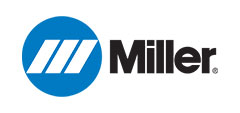 | 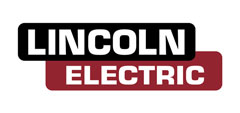 | 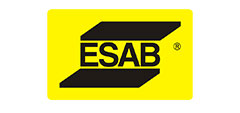 | 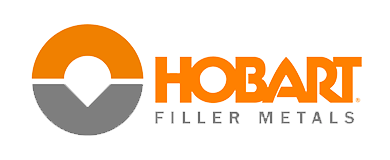 |
After You Weld
Once you have completed a weld, it is now time for post-weld processing. Always utilize proper PPE for post-weld processing. If you are MIG welding with solid wire and gas, you may only have some soot on the weld or perhaps a small amount of welding spatter. Soot can be easily cleaned with a hand wire brush or grinder with a wire wheel.
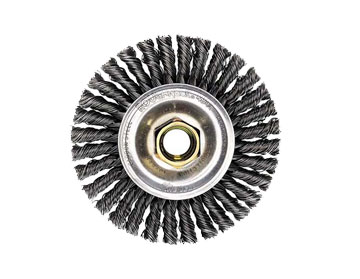
Welding spatter looks like metal BB’s on the surface of the welded piece. They are droplets of molten metal, generated by the weld, that stick
to the metal being welded. They are commonly removed with grinding wheels used with an angle grinder.
If TIG welding, you may be pleasantly surprised that post-weld processing is rarely needed. Exceptions may be seen with aluminum, where
the finalized piece needs to be anodized, or with stainless steel, where the weld area or heat affected zone needs to be pickled (removing a damaged chromium-oxide layer) and passivated (restoring a healthy chromium oxide layer) in order to restore
the metal’s natural corrosion resistance. Linde has stainless steel pickling and passivation products to help you get the expected performance out of your stainless steel welded pieces.
When shielded metal arc (stick) welding, the
use of stick electrodes can leave slag covering the weld. Slag is a hardened layer covering a weld made with stick electrodes (and with flux-cored wires), comprised of flux from the coating as well as impurities from the weld. There are several tools
to remove welding slag, including chipping hammers, grinding wheels, as well as hand wire brushes and wire wheels.
Conclusion
No matter your intended weld project , Linde has the welding accessories and products to help you improve your productivity and final product quality. Visit your local Linde retail store, our Welding Gas and Equipment Center. Our knowledgeable and friendly staff can assist and make recommendations on which products will suit your particular needs and processes. From contact tips and gloves to welding robotics and automated cutting systems, Linde is your preferred team for products, customer service and technical support.

